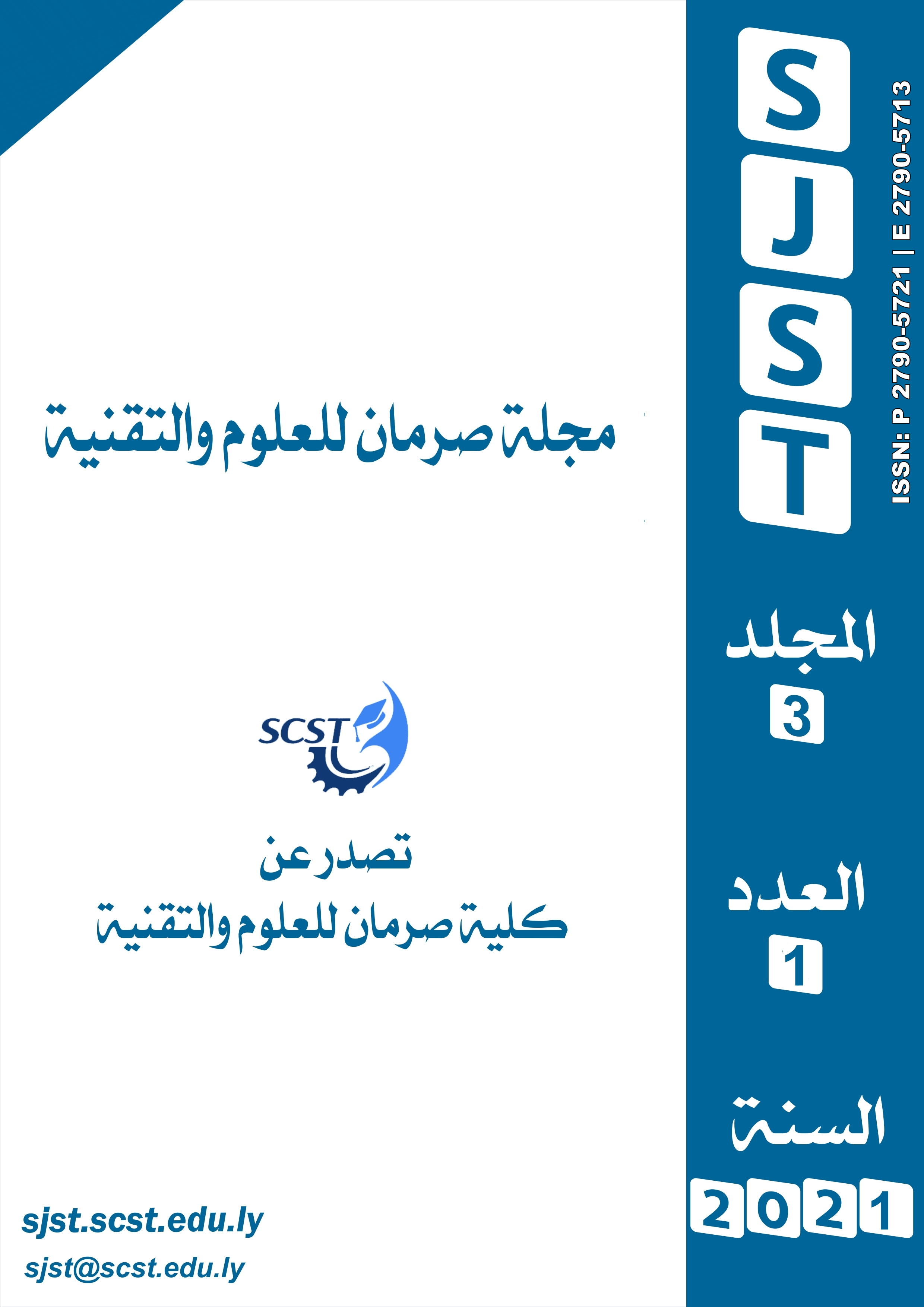An Enhanced Computer Vision By Using MLP Approach To Forensic Face Sketch Recognition System
Main Article Content
Abstract
Technologies for suspect identification, detection, and recognition have become more critical in recent years. As a result, face recognition is an almost commonly used biometric technique. Investigators for Criminal and forensic computer vision researchers are interested in the human-recognized face sketches were drawn by artists. Hand-drawn face sketches are, according to studies, still extremely rare, both in terms of artists and number of drawings, since forensic artists prepare victim drawings based on descriptions were provided by eyewitnesses following an incident. Masks are sometimes used to conceal standard facial features such as noses, eyes, lips, and skin color, but face biometrics' outliner features are impossible to conceal. This paper concentrated on a particular face-geometrical feature that could calculate some similarity ratios between composite template photos and forensic sketches. Computer vision techniques such as Two-Dimensional Discrete Cosine Transform (2D-DCT) and the Self-Organizing Map (SOM) Neural Network are used to design a system for composite and forensic face sketch recognition.

